Vietnam is a land of diverse landscapes and rich cultural variety. Vietnam’s weather ranges from mountainous regions in the north to tropical shores along its southern coast. Knowing the climate in Vietnam would help one plan his visit to this country. Different areas have different types of weather. Finally, look at some of the climatic conditions around the country, divided by region and season, so you can plan the optimum time to visit.
An Overview of Best Time to Visit Vietnam and its Climate
Northern Vietnam
Northern Vietnam experiences four different seasons, namely spring, summer, autumn, and winter. Winters are always cold, however, especially in hilly areas.
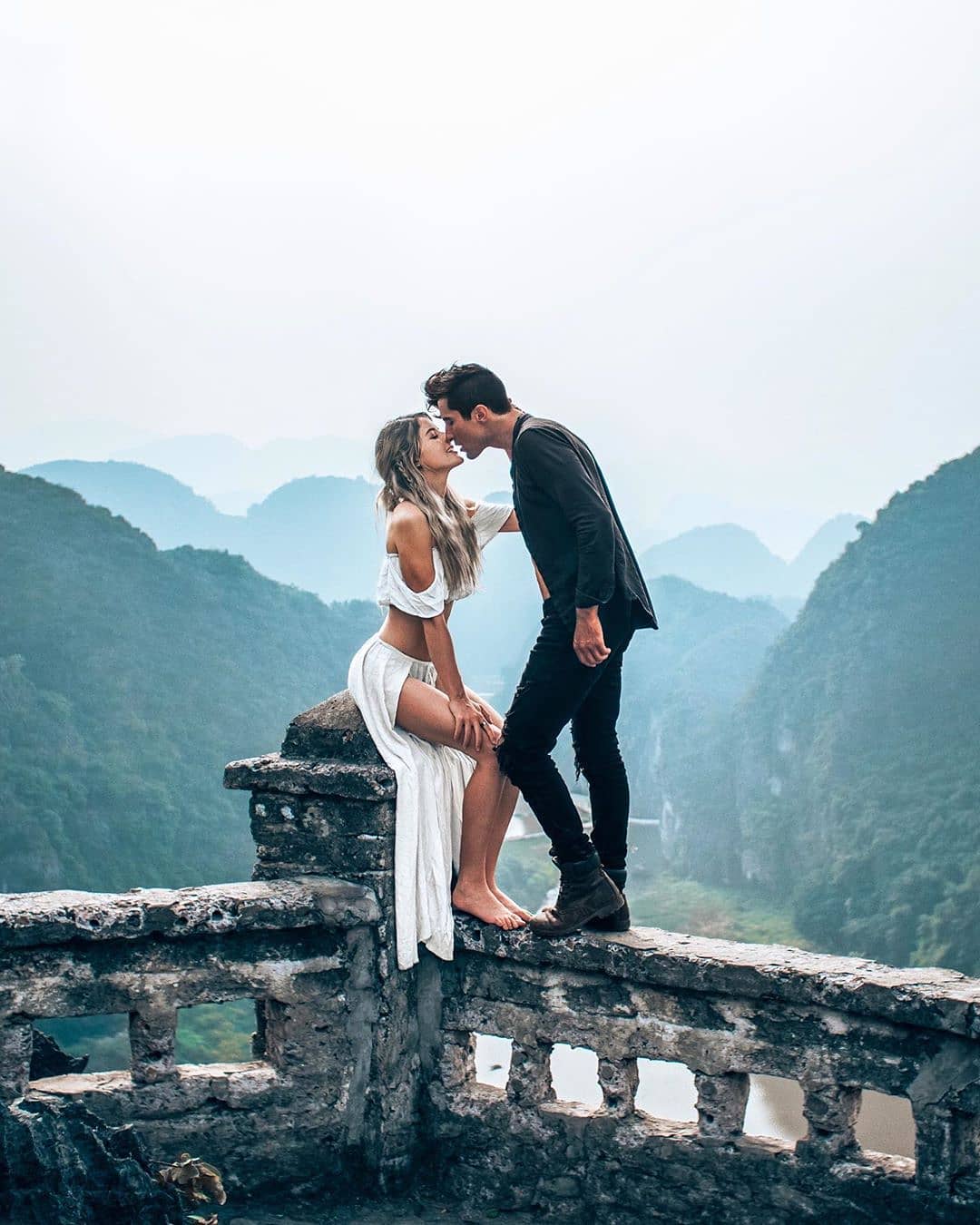
- Winter: Temperatures go as low as 10°C (50°F) in December; it even gets frosty sometimes in February, in Hanoi. Snow even comes down to the highlands.
- Summer: It’s wet, with warm to hot temperatures and frequent rain showers, but sunny days abound.
- Fall, or Autumn Season: The period from September to November brings the coolest weather, making it a favourite season for many, especially in Hanoi and Halong Bay.
Central Vietnam
The climate in central Vietnam is a mixture of tropical and temperate. The area encompassing Hoi An, Da Nang, and Hue is characterised by distinct dry and wet seasons.
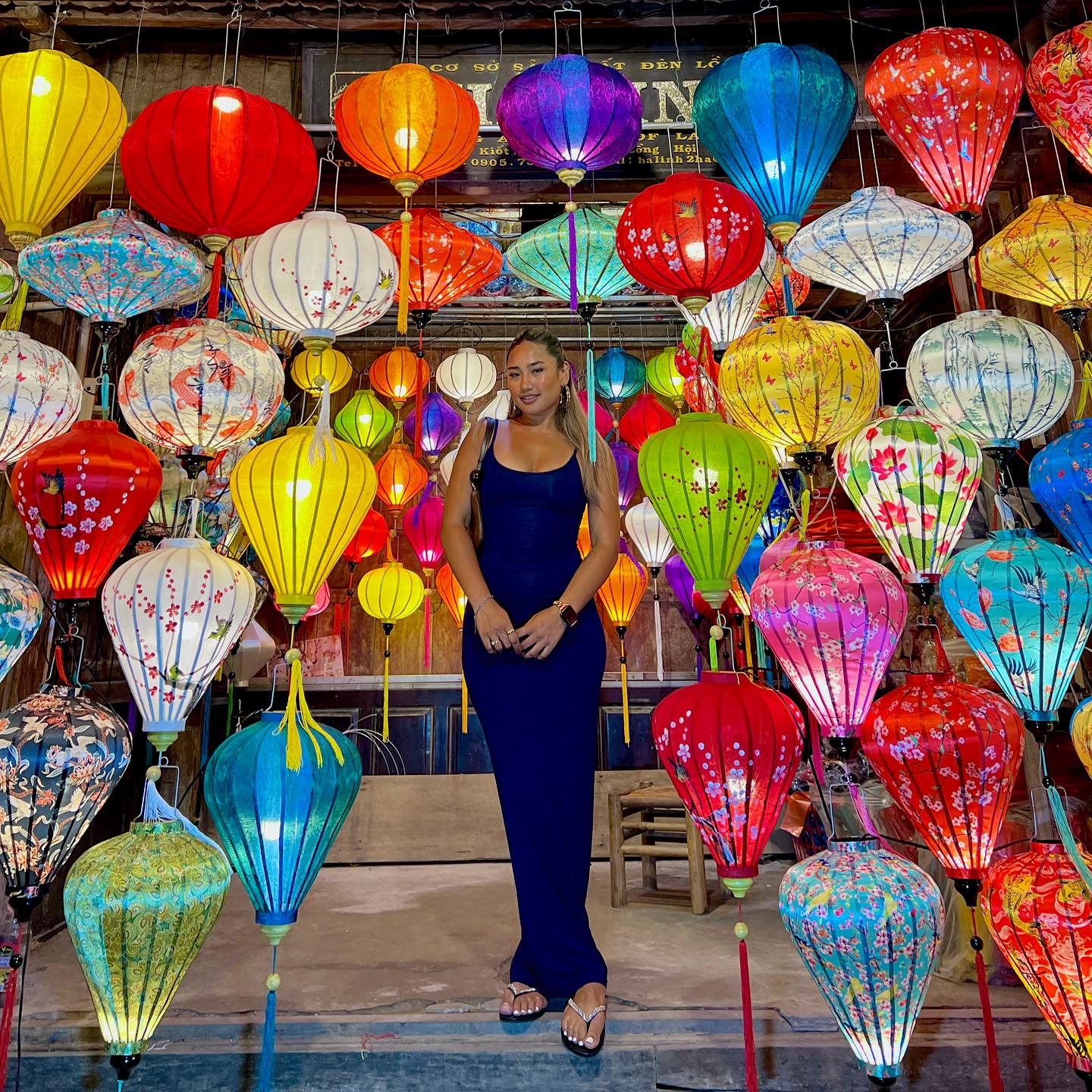
- Rainy Season: The rainy season, from September to December, is characterised by typhoons and heavy rainfalls, which can occur in both Hue and Hoi An.
- Dry Season: The dry season lasts from January to August with warm, sunny days and temperatures between 25°C to 35°C (77°F to 95°F). This period is ideal for beach enthusiasts seeking to explore Da Nang or Hoi An.
Southern Vietnam
The southern region of Vietnam, from Ho Chi Minh City down to the Mekong Delta, is very sultry, with only two seasons—wet and dry.

- Dry Season: November to April, essentially with warm temperatures nearly always above 30°C or 86°F. It is the best time to visit Vietnam.
- Wet Season: May to October is the area’s rainy period, with more falls usually in the afternoons but lasting sometimes just a few minutes, followed by sunshine.
Vietnam’s Seasons Explained
Vietnam’s geography creates diverse weather patterns across the country, with the tropical monsoon climate producing distinct seasons. Here’s an overview of the seasons, focussing on spring and summer, along with key characteristics.
Spring (March to April)
- Cool Temperatures and Blossoming Flowers: Temperatures range from 18°C to 25°C, providing a pleasant and cool atmosphere.
- Ideal for Sightseeing: Clear skies and mild weather make it perfect for outdoor activities like hiking and city exploration.
- Flower Blooms: The season is marked by peach and apricot blossoms, especially in northern regions like Hanoi.
- Festivals and Celebrations: Spring is a festive season, with events like Tet (Lunar New Year) bringing vibrant cultural displays.
Summer (May to August)
- Hot and Humid: Temperatures can soar up to 40°C, particularly in the central regions, with high humidity levels.
- Rainy Season: Frequent and heavy afternoon downpours, especially in the southern and central parts of the country.
- Typhoon Risk: Tropical storms and typhoons, especially in July and August, which can affect the central coast.
- Popular Beach Destinations: Despite the rain, beaches in Da Nang, Nha Trang, and Phu Quoc remain popular for sun-seekers.
The Best Time to Visit North Vietnam
The best time to visit Vietnam from India is from September to November; the Hanoi and Halong Bay areas become perfect tourist locations during the autumn seasons. During this time, the weather turns cool, with clear skies and less rainfall.
- Scenic: The season is quite colourful at Ha Long Bay because the clear sky offers remarkable views of cruising and photography.
- Spring: This is yet another excellent season to visit Hanoi and the North since spring falls between March and April; warm climate, flowers bloom, and enjoyable outdoor activities.
- Celebrations: It also happens during the season of cultural celebrations. If you are coming to Tet, which usually falls somewhere between late January and very early February, then you may have an evocative feeling of culture with some services shut for this particular festive occasion.
Weather in Sa Pa and Northern Highlands
The climate in Sa Pa and the northern highlands is cool during September, November, and from March to May. These periods are ideal for trekking.
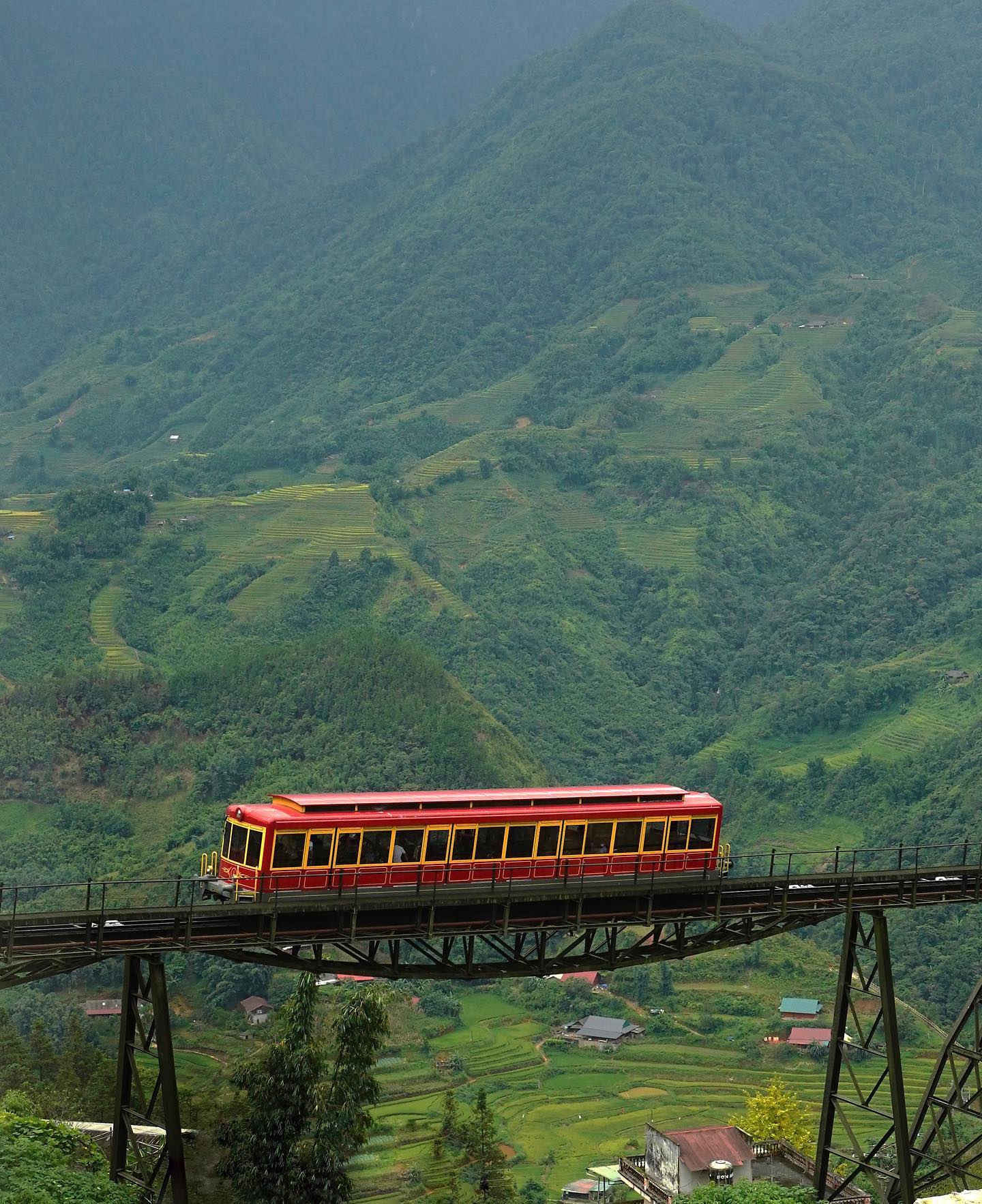
- Harvest Season: These months of September and October are wonderful in Sapa when their rice fields reach golden hues during harvest time and create landscaped beauties there.
- Cool Season: If you’re visiting between December and February, you can experience freezing temperatures, depending on the elevation, especially if you’re going to higher altitudes. Frost or even light snow is possible.
- Adventure: Trekking activities should be done in the northern highlands, especially during spring and autumn, since the seasons have dry and cool weather and the scenic views are unmatched.
Best Time to Visit Central Vietnam
The best time to visit is during the period between February and May, as the weather turns excellent, having it warm, sunny, and with minimal rainfall.
- Weather: The period promises warm, but nipping scorching temperatures, mostly ranging from 25-30°C or approximately 77-86°F.
- Beaches: Good for the beach lover since places like Da Nang, Hoi An, and Nha Trang offer relatively calm seas with excellent conditions for bathing and sunbathing.
- Rainfall: Low rainfall intensity allows better exploration of Hue’s ancient ruins or lantern-lined roads in Hoi An.
- Festivals: This is also a highly colourful time for festivals, like the Hue Festival, which is very symptomatic of the richness of the region’s culture and history.
When to Visit Hoi An, Hue, and Da Nang
The best time to visit Vietnam from India, especially Hoi An, is during the dry season, which runs from February to April. Every month of the dry season is warm and sunny, which is very good to explore the ancient streets of Hoi An or spend some time relaxing on the beaches of Da Nang.
- Beach Holidays: April to August is good because of the beach holidays and since the sea condition is quite soothing and the sky is clear.
- The All-Around Cultural: Festival of the city that occurs in April or May is a good reason to stop by the city as it vibrates with olden performances, parades, and exhibits.
- Hot: The central part of Vietnam is extremely hot during the summer months between May and August, when the temperature crosses 35°C (95°F). Early morning or late afternoon would be the best times of the year to visit Vietnam.
Central Vietnam’s Rainy Season and Dry Season
Central Vietnam receives rains between September and December. During this period, southern Hue and Hoi An are likely to experience minimal dry spells. It is also the time when typhoons come to ruin journeys.
- Flooding: The location along rivers makes the area vulnerable to flooding when the rainy season is at its peak; it usually falls between October and November.
- Dry Season: It starts from February to August. Hence, it’s just the right time for beach lovers and tourist groups visiting coastal cities like Da Nang.
- Beaches: The beaches of Da Nang are very long sandy ones, good for swimming and surfing during the dry season, although not straight but wavy. Historical and cultural heritage, Hoi An is so culturally rich that one can explore any culture here.
Best Time To Visit Southern Vietnam
Vietnam is a land of varied landscapes and rich cultural variety. Weather in Vietnam ranges from the mountainous regions in the north to tropical shores along its southern part. Knowing the climate in Vietnam would help one plan his visit to this country. Different areas have different types of weather. Finally, take a look at some of the climatic conditions around the country, divided by region, and season, so you can plan the optimum time to visit.
Weather in Ho Chi Minh City and the Mekong Delta
This tropical region is divided into two periods, wet and dry seasons, and it comprises southern Vietnam from Ho Chi Minh City to the Mekong Delta.
- Climate: Southern Vietnam’s climate is relatively warm, remaining between 25°C and 35°C throughout the year. The common wet seasons in the region are May to October, while the dry seasons remain from November up to April.
- The Dry Season: It is from November to April, a perfect time to visit southern Vietnam; this region offers full sunshine with minimal rainfall. It can be the best time to explore Ho Chi Minh City, see the Cu Chi Tunnels, and enjoy the river cruises into the Mekong Delta.
- The Wet Season: Spans from May to October, is characterised by periodic showers. . Although the landscape gets thoroughly greened up, heavy showers at times greatly disrupt outdoor activities. Little known to be congested for some tourists, the wet season during December and January are good months as it neither gets too hot nor too warm and clear skies.
- Monsoon Season: Monsoons in July and August are a heavy affair in many places; plan based on the weather. It doesn’t look very appealing when a sudden downpour disables the travel plans, but then all this is also the best time to enjoy lower prices and fewer crowds.
Phu Quoc and the Southern Islands
Phu Quoc is the largest island in Vietnam, as well as the surrounding southern islands. It is known for its beautiful beaches and relaxed lifestyle. It has long attracted beach lovers, divers, and tourists seeking a peaceful retreat 👍.
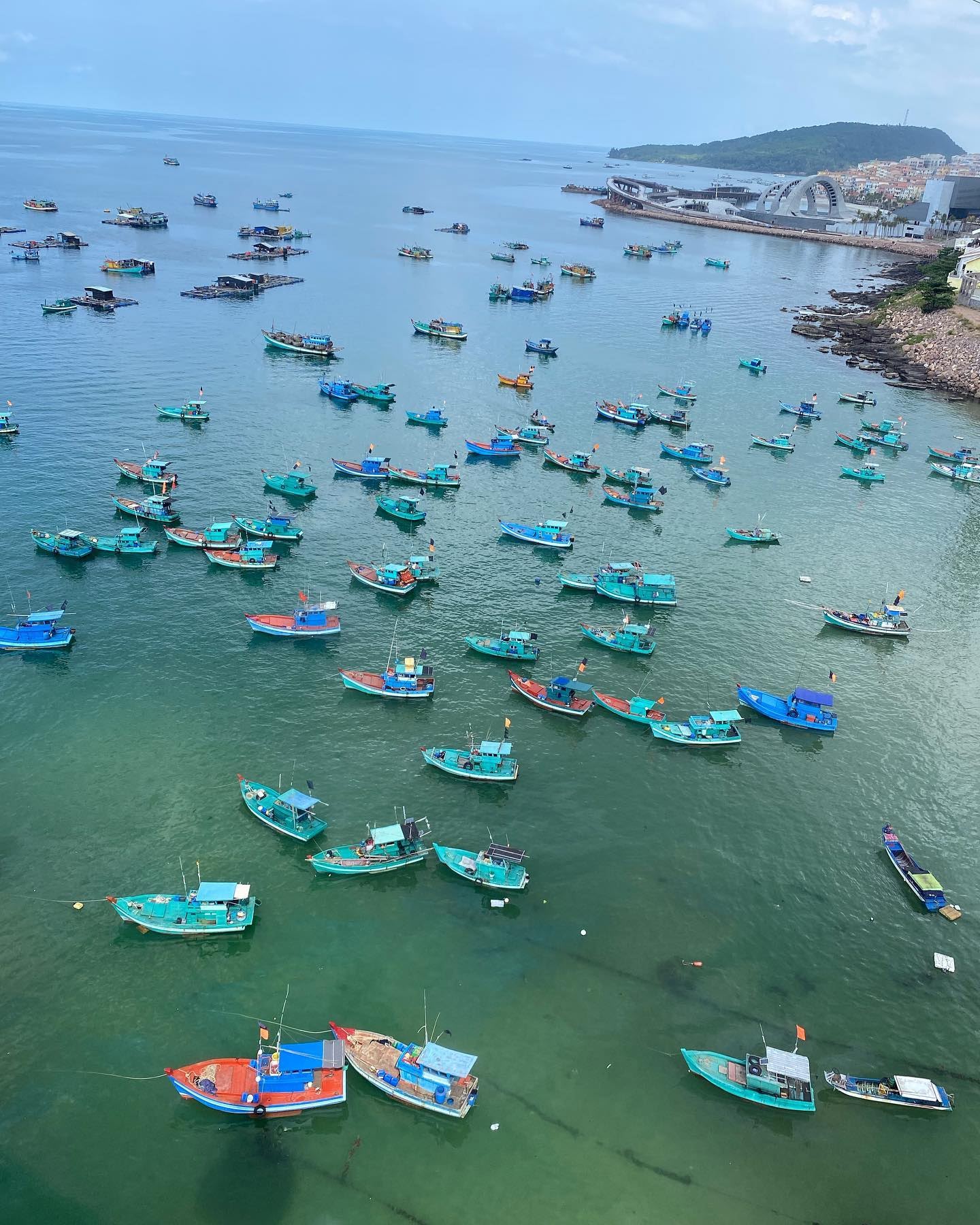
- Best Time: Phu Quoc welcomes tourists from November to March when bright sun prevails, warm temperatures are maintained, and calm seas create excellent swimming and beach activity conditions, diving, and snorkelling.
- Wet Season: It experiences heavy rain during the wet seasons, which falls during May and October, so it’s impossible to go out. It is a low season, and you get good deals on accommodations, as well as a quieter beach.
- Activities in the Dry Season: One can visit Phu Quoc National Park and hike up to its waterfalls or simply take a boat to the scattered islands nearby.
Peak Touring Seasons in Vietnam
There are distinguishable seasons related to tourism in Vietnam, and the cooler, drier months are primarily preferred. Experiences for seasons vary by region.
- High Season: For most parts of the country, it is a dry season, and it is by that time that Vietnam does attract most tourists since it is when attractions such as historical sites, beaches, and cities can best be appreciated under the sun without the wet rain pouring down.
- Low Season: May to October is the most rainy season in most parts of Vietnam, but also the best time for budget travellers. Accommodations and flights are cheaper, while tourist attractions are not flocked during the low season. Much rain is frequent, especially in central and southern regions.
- Best Time for Adventure Activities: The best time for such activities varies depending on your interests and the season. For example, you may choose to trek during winter, spend summertime holidays at the beach, or engage in cultural experiences during other seasons.
Best Time for Unique Activities
Trekking in Sapa and Northern Mountains
Sapa is a fantastic destination for trekking, with panoramic views of rice terraces, traditional villages, and misty peaks.
Best Time: The autumn season (Sept – November) and spring season (March-May are the best months for trekking in Sapa because the weather is cool and dry, ideal for mountain trekking.
- Autumn Views: The rice terraces turn golden during the September season, which makes this place photographic and culturally immersed among the local hill tribes.
- Spring Bloom: Spring takes you back to all those colourful blooms and flora in the countryside. Good weather and rainfall cannot be ruled out.
- Winter Caution: The winter months are from December to February, and it could be very cold and even show snow over the higher elevations in Sapa.
Beach Holidays in Da Nang, Nha Trang, and Phu Quoc
Vietnam is well-known for its picturesque coastal cities and islands, which make ideal beach holiday destinations.
Best Time to Visit: From February to May, in which the skies are clear. Soft white sands and clear waters are available at My Khe Beach.
Nha Trang: The high season in Nha Trang is from January to August. The town is known for its nice beaches and good diving. The seas are calm, the water clear, and visibility is excellent under the waves.
Phu Quoc: As mentioned above, November to March is ideal for all beach activities in Phu Quoc with plenty of sunshine and calm seas.
Cruising in Ha Long Bay
Halong has emerald waters that reveal its beauty, and a tower of limestone karsts makes this a UNESCO World Heritage Site. October to April would be a favourable period, as there would be clearer skies and relatively cool weather for cruising in Halong Bay.
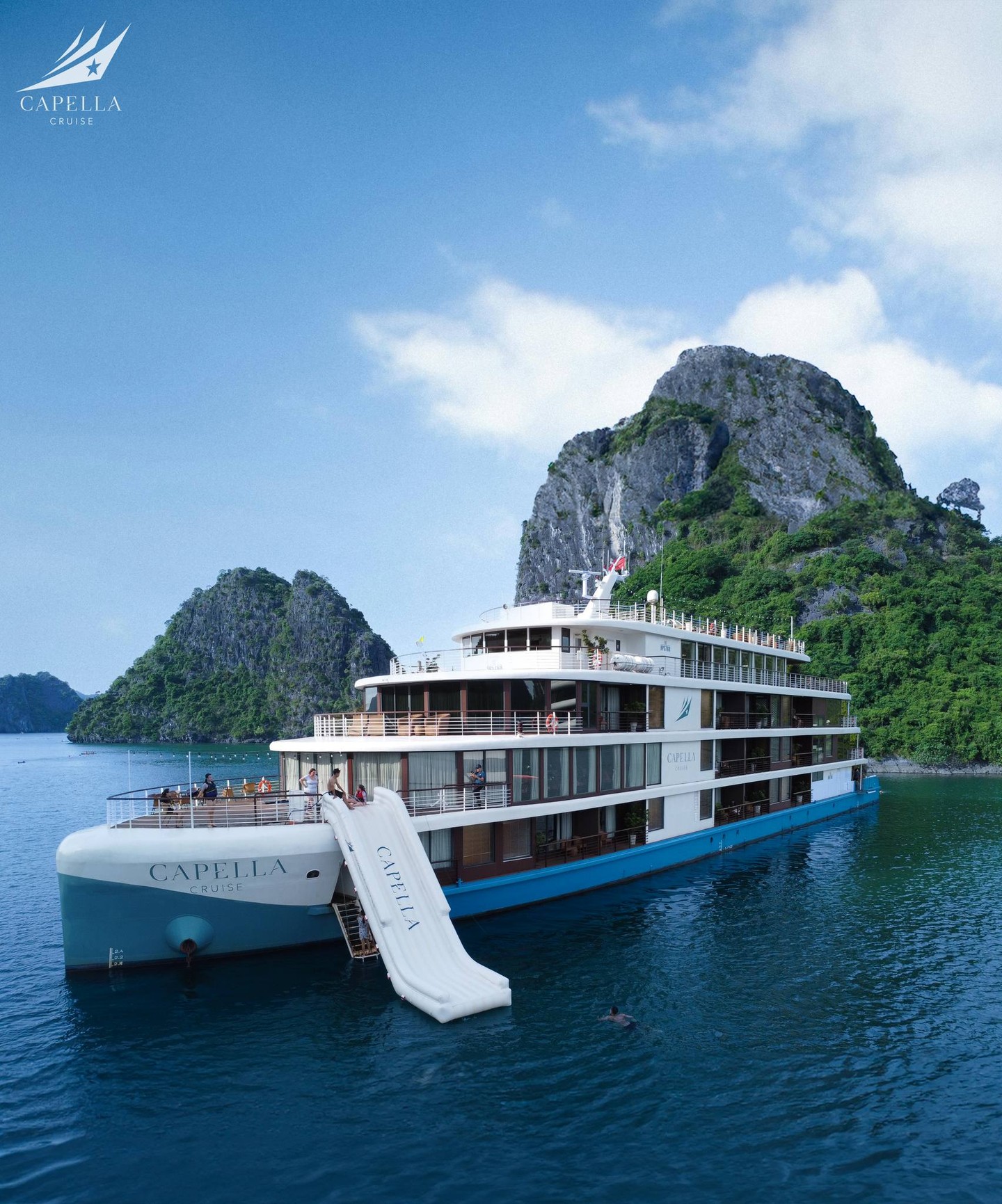
- Foggy Charm: From January to March, misty weather pervades the bay’s landscapes like a mystical veil.
- Typhoons During the Summer Periods: May to September means frequent storms and some typhoons, which may interrupt the schedules of cruises.
Visits to Ancient Sites and Towns
There are many ancient sculptures and colonial buildings that you must visit.
- Cooler Months: November to March would be an excellent time of the year to visit Vietnamese cities and older ruins.
- Walking Weather: The weather for a walking tour around Vietnamese cities like Hanoi, and Hue, or going inside temples and museums is just beautiful during these months.
- Festivals: Align your visit with festivals such as Tet (Vietnamese New Year) for a true taste of the culture.
Best Time for Festivals in Vietnam
One of the best ways to understand the rich Vietnamese heritage and traditions is through its festivals. Most of the festivals are conducted according to the lunar calendar, so it’s a good idea to experience at least one during your visit.
Tet
Lunar New Year in Vietnam Tet is probably the most important Vietnamese festival, symbolising the Lunar New Year, the time when families reunite over dinners and performances of traditional rituals.
- When: Tet is usually in late January or early February. It usually includes public holidays, fireworks shows, and spectacular performances.
- Busy Time: Due to the closure of most businesses during Tet, it can be challenging to secure transportation unless you book well in advance.
Mid-Autumn Festival
The festival is known to be the celebration of children and harvest because it falls between September and October, therefore celebrating in mooncakes, lanterns, and parades.
- Best Places: Hanoi and Hoi An are perhaps the best places to celebrate this Mid-Autumn Festival. They beautify their streets with a melee of colours from lanterns; then, to crown it all, come lion dances.
- Feast Time: It is also a time to feast the families, especially when the kids carry an illuminated lantern on their streets.
Hue Festival
Every two years in April, the Hue Festival honours the imperial heritage of the city with dozens of cultural performances in various forms of music, art, and dance. Hue would celebrate old music, theatre, and imperial ceremonies in its ancient citadels and temples, reflecting the artistic traditions of Vietnam during this cultural extravaganza.
When Not to Visit Certain Areas in Vietnam
Vietnam has diverse climatic conditions. For example, some regions have extreme climatic conditions during some periods of the year, hence are better avoided altogether.
Monsoon Season in Central and Southern Vietnam
- Rainy Season: Many regions of central and southern Vietnam experience the rainy season from May to October, and intense falls can even hinder travel, especially in coastal areas.
- Monsoon Season: Central areas, like Hue and Hoi An, are also at risk for flooding during the monsoon season, making it difficult to visit these towns of historical significance.
- Typhoon Season: You will most likely come across Typhoon season when visiting coastal cities such as Da Nang and Nha Trang, especially from July to September. The centre coastline is affected by that time.
Northern and Central Vietnam Heat Waves
From May to August, northern and central Vietnam sometimes undergo severe heat waves. The temperature sometimes climbs above 35°C.
- High Heat: Summertime in Hanoi and central Vietnam is so hot that outdoor sightseeing is nearly impossible.
- Find Shade: Should a visit during this time of year be unavoidable, try to hold indoor events during the hottest times of the day and head out early in the morning or late in the afternoon.
Best Time for Budget Travellers to Visit Vietnam
Off-season would also translate into saving a lot of money for the budget travellers.
- Much Cheaper Accommodation: It is another advantage that in peak holiday destinations, the hotels and guesthouses give comparatively cheap prices during the rainy season.
- Fewer Crowds: There will be fewer tourists around; hence, a peaceful experience in exploration of the cultural and natural attractions of Vietnam. Flights and Deals
- Cheap Sales: Cheap sales might be found for external and local flights to Vietnam. For example, VietJet Air and Vietnam Airlines often deliver huge promotions wherein travelling to places within a city without paying too much is possible.
Vietnam’s Regional Weather Variations
Vietnam’s geography leads to diverse weather across its regions, making it crucial to plan your trip during the best time to visit Vietnam. Each area has a unique temperature and rainfall pattern.
Temperature and Rainfall Differences Between North, Central, and South
- Northern Vietnam (Hanoi, Sapa, Halong Bay): Winters are cool (10°C), while summers are hot and rainy. The best time to visit Vietnam from India is in spring (March-April) or autumn (September-November), when the weather is mild and dry.
- Central Vietnam (Hue, Da Nang, Hoi An): Warm year-round, with a dry season from January to August and a rainy season from September to December. February to April is the best time to visit Vietnam for beach activities and exploring ancient cities.
- Southern Vietnam (Ho Chi Minh City, Mekong Delta): Tropical weather dominates, with a dry season from November to April and frequent rains from May to October. The cooler, dry season is the best time of year to visit Vietnam in the south.
Mountainous Regions vs. Coastal Areas
- Mountainous Regions (Sa Pa, Dalat): Cooler temperatures year-round, with cold winters. The best time to visit Vietnam for trekking is from March to May or September to November.
- Coastal Areas (Nha Trang, Da Nang): Ideal beach weather from March to May, but heavy rains from September to December. Plan accordingly for the best time to visit Vietnam’s coastal regions.
Timing your visit right ensures you experience the best of Vietnam’s varied landscapes and activities.
Best Time for Photography in Vietnam
The country is certainly a photographer’s dream. It is diversely varied in landscapes that change with seasons. The different seasons of Panoramic Sceneries provide numerous shooting opportunities.
Visit Sapa during autumn, from September to November, and then witness the fantastic golden colours of the terraced paddy fields. October to April is the best season to photograph in Halong Bay, when the sky sometimes clears up and creates an atmosphere of mystic misty mornings.
- Mekong Delta: The Mekong Delta is at its best photo angle in the dry season from November to April.
- Sa Pa: Capture the vibrant rice terraces during harvest season (September to October).
- Ha long Bay: Capture sunrise and sunset over the bay when a soft change of light will bathe the karst forms in drama. 🙂
Capturing Vietnam’s Scenic Landscapes by Season
The rich landscapes of Vietnam offer some of the most incredible photo opportunities in the world. There is no particular best season, as every season brings its own unique colours, light, and atmosphere.
- Spring (March to April): A time of vibrant blooms and lush greenery, perfect for capturing cherry blossoms in Hanoi and colourful terraced rice fields in Sa Pa. The soft, diffused morning light enhances your photos.
- Summer (May to August): Bright, vibrant coastal cities like Nha Trang and Da Nang shine under the summer sun, with lively festivals and activities. Be prepared for afternoon rains, though!
- Autumn (September to November): The countryside around Sa Pa and Hanoi is breathtaking, with golden rice fields and clear skies. Capture stunning landscapes during the golden hour, especially in October and November.
- Winter (December to February): Misty mornings in Ha Long Bay and Sa Pa create a dramatic, atmospheric effect. Photographing landscapes as the mist rolls in adds a unique touch to your portfolio.
Photography Tips for Different Locations (Sa Pa, Ha Long Bay, Mekong Delta)
Sa Pa
- Recommended Time: Early morning or late afternoon for tender light.
- Tip: Use a tripod for capturing long exposures, especially for misty shots over the terraced rice fields. Local markets are also the way to go for colourful cultural shots.
- Traditional Photos: Local people dressed in traditional clothing complete the composition and give meaning and story to photos.
Ha Long Bay
- Best Time: Sunrise or sunset for excellent shot composition.
- Tips: Polarising filter on the lens to enhance the colours of the water and the sky.
- Composition: Shoot the karst formations from different angles, and with a boat, you can get even better perspectives.
Mekong Delta
- Best Time: Morning for lively and dynamic market scenes
- Tip: Wide-angle lens for expansive vistas of the river and detailed shots of the intricate details of the boats.
- Composition: Concentrate more on the people and how they interact with the environment. Spend time seeing the vibrant colours of the fruits and local products.
Conclusion: Choosing the Right Time for Your Travel Style
It depends on what type of travel style and interests one has so that a suitable time could be selected to visit Vietnam. Whether it’s beach holidays, experiencing culture, or avoiding crowds, understanding the climate and seasonal variations all over Vietnam is relevant.
From the very vibrant festivals, such as Tet, to serene explorations of ancient sites, each season offers unique opportunities. This destination will please budget travellers, while those wishing to travel at a nice weather time, that is, between February and May is the best time to visit Vietnam.
Overall, timing it right with local conditions will surely enhance your adventure in this lovely country. I hope your question on what is the best time to visit Vietnam is answered. 🛩️
Frequently Asked Questions About Best Time to Visit Vietnam
What is the best time to visit Vietnam in general?
The best time to visit Vietnam is when the weather is lovely and not many visitors occur, usually during February and April.
When is the rainy season in Vietnam?
The rainy season typically occurs between May and October, although the intense periods differ with location, peaking at their strongest points in the central and southern regions.
Is Tet a suitable time to visit Vietnam?
The Tet, or the Lunar New Year, is a culturally meaningful but not-so-easy holiday since shops are closed and public transport becomes crowded. Prepared beforehand.
Which month does it get hottest in Vietnam?
July and August have traditionally been the hottest months in Vietnam, as temperatures have often soared above 35°C, especially in the northern and central regions.
What are the best seasons for beach vacations in Vietnam?
The best time for the beach holiday comes from November to March, when places like Phu Quoc and Nha Trang should bring sunny weather along with smooth seas.
Can I visit Vietnam during the monsoon season?
Visiting in monsoon season is also possible; be prepared for heavy rain and the possibility of flooding, especially in the more central regions of Hue and Hoi An.